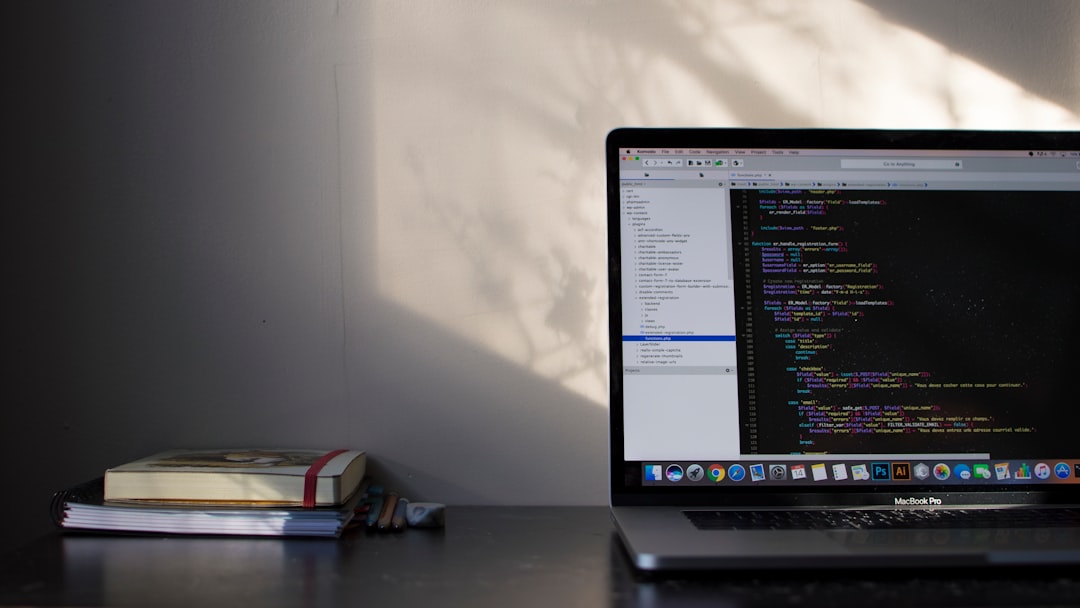Crafting Digital Dreams: The Art and Science of Web Design
In today’s hyper-connected world, the digital presence of a business is no longer just a luxury; it’s a necessity. The art of web design combines aesthetics with functionality, creating spaces on the internet that not only capture attention but also convert visitors into loyal customers. But what makes web design so crucial, and how can one navigate the vast landscape of options available? Let’s dive into the fascinating realm of web design and discover its multifaceted layers.
### The Importance of First Impressions
Did you know that users form an opinion about your website in just 50 milliseconds? That’s quicker than a blink! In the digital marketplace, first impressions can make or break your business. A well-designed website speaks volumes about your brand’s professionalism and credibility. It’s not just about looking pretty; it’s about communicating your values, mission, and the essence of what you offer.
### Navigating Budget-Friendly Web Design Options
While the allure of luxury web design services can be tempting, budget constraints shouldn’t deter you from creating a captivating online presence. There are plenty of budget-friendly options that maintain quality without emptying your pockets. Consider using website builders like Wix, Squarespace, or WordPress, which offer templates that can be easily customized to reflect your brand’s personality. Additionally, hiring freelance designers can be a cost-effective alternative to agencies, allowing you to collaborate closely and bring your vision to life.
### The Balance Between Luxury and Affordability
When it comes to web design, the debate between luxury and affordability often surfaces. High-end design agencies promise bespoke solutions tailored to your exact needs, but at what cost? On the other hand, affordable services may offer templates that lack uniqueness. The secret lies in finding a middle ground. Invest in elements that truly matter, such as user experience (UX) and mobile optimization, while keeping other aspects more economical. Remember, it’s not about how much you spend; it’s about how effectively you utilize your resources.
### The Eco-Friendly Approach to Web Design
As our planet faces environmental challenges, eco-friendly web design is gaining traction. It’s about creating websites that not only look good but also minimize their carbon footprint. This can be achieved by optimizing images, using energy-efficient hosting solutions, and minimizing unnecessary plugins that slow down loading times. An eco-friendly site not only enhances user experience but also aligns with the growing demand for sustainable practices among consumers.
### The DIY Web Design Revolution
Feeling adventurous? The do-it-yourself (DIY) approach to web design allows you to unleash your creativity and take control of your digital presence. With platforms like WordPress, Shopify, and even HTML/CSS knowledge, anyone can build a website from scratch. However, while DIY can be rewarding, it’s essential to recognize your limits. Seek help for complex tasks or when you’re ready to scale up your site. After all, a great design doesn’t just happen; it’s crafted.
### Unconventional Uses of Web Design
Web design isn’t limited to businesses and blogs. Today, artists, musicians, and even individuals looking to establish a personal brand can benefit from web design. An artist might create an online portfolio to showcase their work, while a musician can design an interactive site to engage fans. Think outside the box: consider how web design can be used for storytelling, sharing experiences, or even fundraising. The possibilities are endless!
### Productivity Hacks for Better Web Design
For those diving into the web design process, productivity is key. Establish a clear plan before starting. Sketch your ideas on paper or use wireframing tools like Balsamiq to visualize the layout. Prioritize tasks and set deadlines to keep the project moving forward. Additionally, utilize design tools like Adobe XD or Figma to collaborate with team members in real-time, streamlining the creative process.
### The Psychological Impact of Web Design
Web design goes beyond aesthetics; it taps into psychology. Colors evoke emotions, fonts convey messages, and layouts influence navigation. Understanding the psychological impact of design choices can enhance user engagement. For instance, warm colors like red and orange can create a sense of urgency, while blues and greens often evoke calmness and trust. By leveraging these insights, you can design a website that resonates with your audience on a deeper level.
### Embracing Emerging Trends
The world of web design is ever-evolving, with new trends emerging constantly. From minimalistic designs that focus on user experience to the incorporation of artificial intelligence for personalized interactions, staying ahead of the curve is crucial. Pay attention to trends like dark mode, micro-animations, and voice user interface (VUI) integration. These innovations can significantly enhance your website’s functionality and appeal.
### Conclusion: Your Web Design Journey
Embarking on your web design journey can be both thrilling and overwhelming. Whether you opt for a luxury service or a DIY approach, remember that your website is a reflection of your brand. By understanding the various facets of web design—from budget considerations to psychological impacts—you can create a space that not only attracts visitors but also converts them into loyal customers. The digital landscape is vast and full of opportunities; let your creativity shine and craft a web experience that resonates with your audience!

